Prospecting the future of a Design Industry- Post Pandemic
25/06/2020 2021-02-10 11:56Prospecting the future of a Design Industry- Post Pandemic
The magnanimous paradigm shift which awaits us when the pandemic has been dealt with is something that is on everyone’s mind. While it is difficult to put a finger on the exact attributes of this shift, what is possible at the moment is foreseeing the possible measures and prospecting the future of the Design Industry, which could be taken, to address people’s safety and comfort. While, each respective domain, such has healthcare, transportation and other public services are taking actions to better their systems, one of the ways in which the creative and luxury industries can do this is by leaning extensively on the options which technology offers – such as Big data, Internet of Things (IOT), Virtual Reality (VR), Augmented Reality (AR) and Artificial Intelligence (AI) – in the following ways for Interior Designers.
⦁ The introduction of Artificial Intelligence in the field of Interior Designing can work to bridge the gap between the client and the professionals thus, creating a synergy by linking the client’s ideas and designer’s visualization. It is good at recognizing and describing objects in images and real-time space, and also will be able to create.
⦁ Home story AR – is an AI-powered interior designing app that shows different types of furniture and other essentials that would look good in a space. The app is designed in a way that the AI functionality can measure the room’s size, shape and recommend products while the user just has to scan the area. Other features of this platform include: being able to share images and designs with others and also, one uses the app’s 3D virtual room view to take a look at it from different angles.
⦁ IKEA Place – One of the leading furniture brands, IKEA boasts of a platform called IKEA Place that helps users design interior spaces. The platform is built on AR Core in such a way that it virtually places the company products in spaces that you scan using your phone camera. The platform also has an intelligent feature that lets users scan any existing item and enables the users to know which products from IKEA match the scanned product. Another merit about the app is that it provides accurate measurements for the furniture that would fit in the scanned space thereby, filtering out inappropriate furniture for the designer.
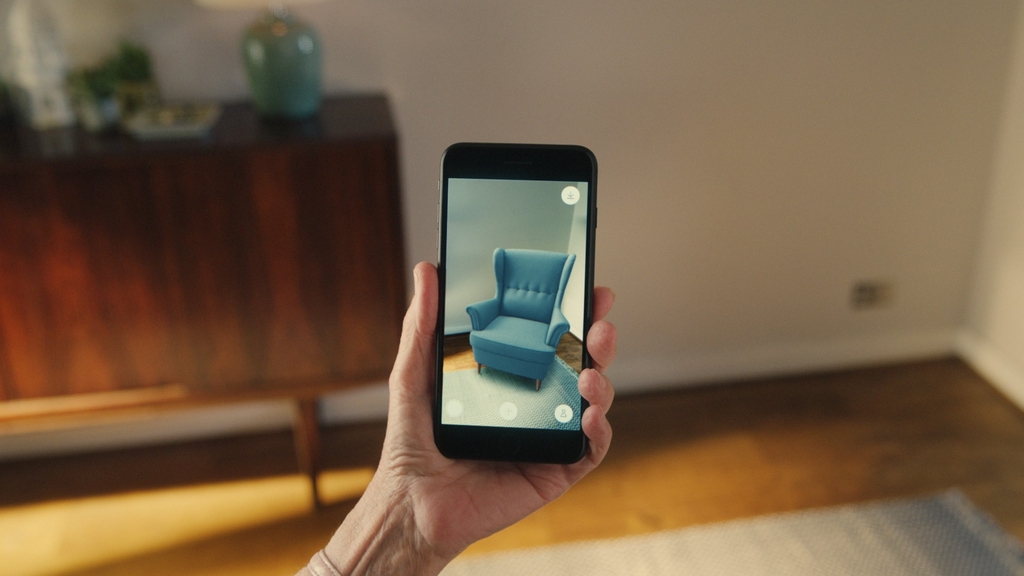
⦁ Leaperr – is an Artificial Intelligence (AI) system that does the job of an interior designer. The system is a combination of deep-learning, image-processing and advanced algorithms that can automatically produce interior designs. The system simplifies the entire process of designing. All one needs to do is to take a picture of your room, choose photos of designs you like and the AI system will come up with various photos which are tailor-made to your space. And one of the best parts about it is the fact that it generates interior designs that look like real photos.
⦁ LexSet AI – is a New York-based AI startup that is changing the way furniture used to be purchased. The company’s AI analyses a room and identifies different furniture and essentials in the room and also comes up with item recommendations that the user could have in the room.
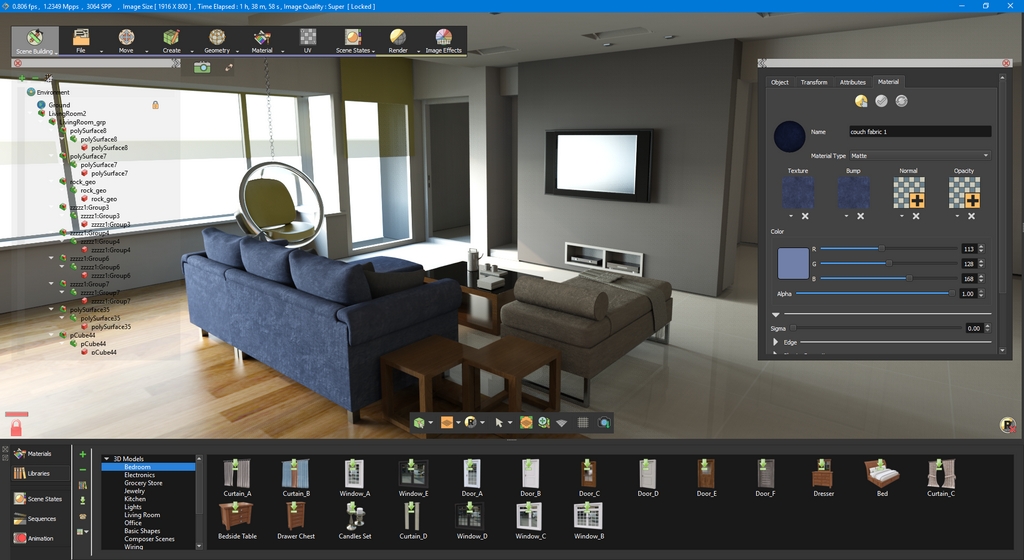
⦁ Planner 5D – Available for Web, iOS, Android, Mac OS and Windows, Planner 5D is another best-in-class AI-powered home designing tool. This home design tool enables us to create floor plans and interior designs easily. The popularity of this tool has reached such a level that it has 40 million users who have designed more than 80 million projects without any special design or software skills. Another functionality which standouts about the app is that it can turn a 2D blueprint into a 3D version. Its intelligent neural-network instantly digitizes floor plans. We as consumers have to only upload the floor plan.
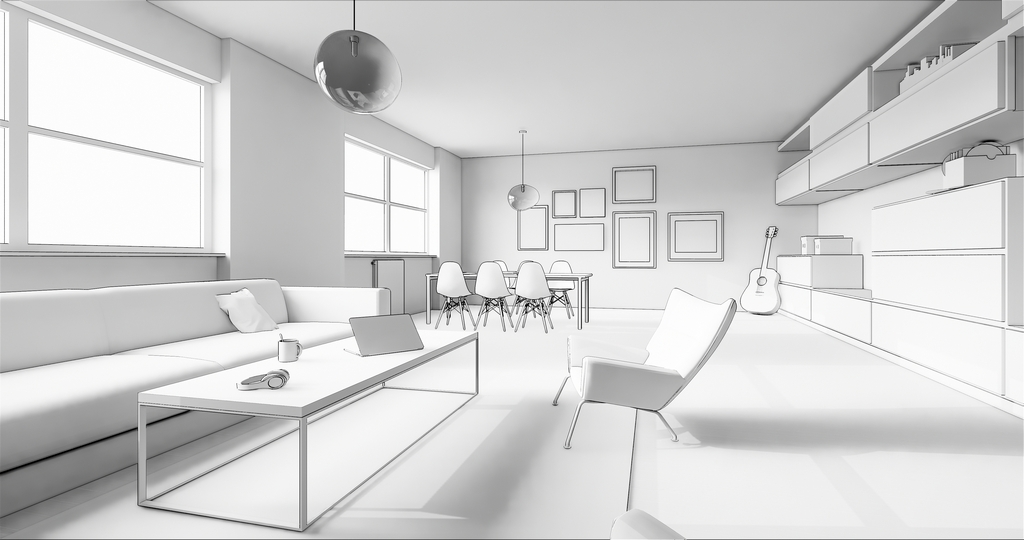
Irrespective of the situation, some of the possible luxuries that today’s technology can always bring to the people are as follows:
⦁ Virtual Reality helps Interior Designers to be a lot more empathetic by understanding the necessity of the client and creating effective designs. The customers get the opportunity to visually experience the virtual process, which later turns into their reality. This enables the customers to exude confidence in their interior designers and have a deeper association with them, all in the comforts of their living rooms. These types of experiences foster greater engagement with customers and increase brand loyalty.

⦁IoT technology has led to the development of connected devices such as smart bulbs that allow you to control your lights with your phone or through Alexa or Google Assistant. You can also program them to turn on and dim them at any time, even without the use of a switch. Smart light switches are the best solution for those who have a lot of lamps or recessed lighting.
⦁ Features such as Multi-Room Audio enable one to fill the entire house with music or just one room. On the other hand, smart entertainment systems enable the connection of all the audio and video devices in the home so that you can watch tv, stream video, power up a video game or enjoy your music playlist – all of which can be controlled through any AI powered by Virtual Assistant.
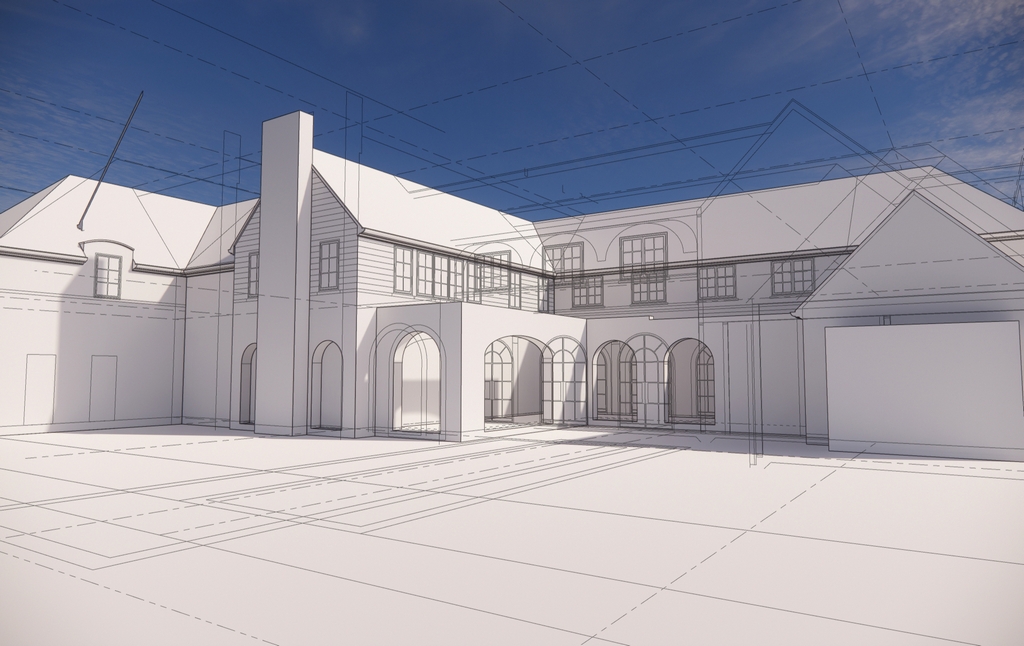
⦁ An AI programmable Thermostat offers the flexibility and power to control the climate in one’s home while efficiently reducing energy consumption. With a smart thermostat, you can regulate the temperature of the room according to the season or the weather. For example, during the winter, you can set the inside temperature to a lower level or switch the thermostat off from your phone when you are away from home.
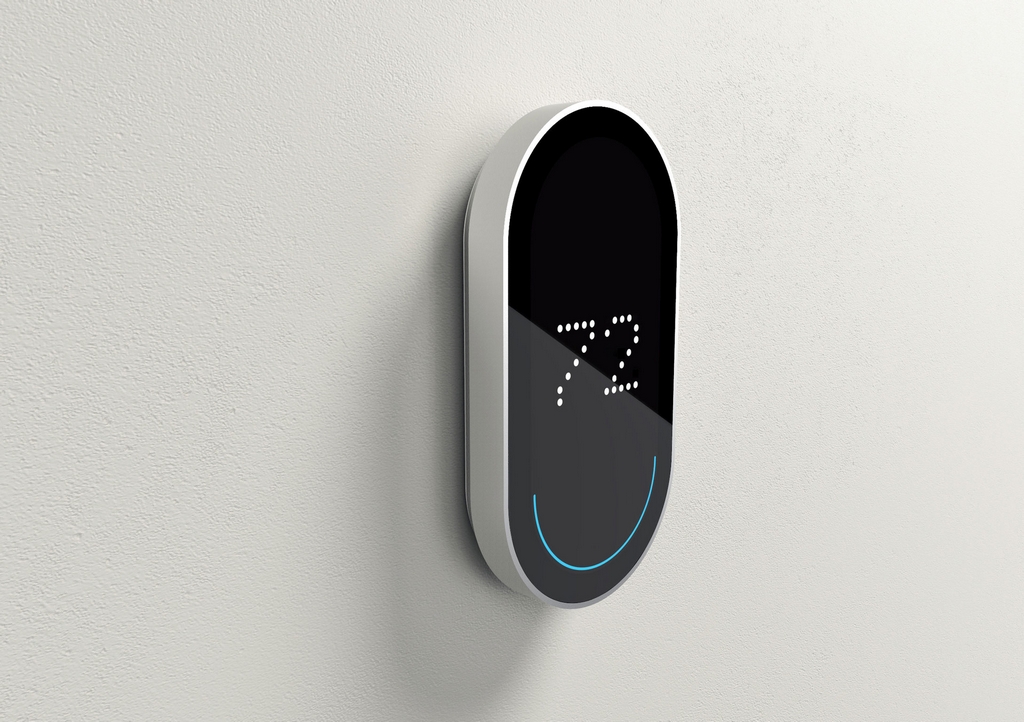
While technology brings so many perks to the industry, taking the time to see, understand and be an advocate for a client are roles that only a designer can play. Hence, Artificial Intelligence cannot replace Interior Designers but it can surely be a helping hand for the industry. Connecting virtually has been the key, as a result of pandemic. Thus Artificial Intelligence is the best method to reach out to the clients and interact with them, thus fulfilling their needs effectively. Thanks to technology, through these baffling situations we can remain relevant. Staying relevant through technology enables us to prospect that the future of the design industry, post pandemic can have a bright side to it.













